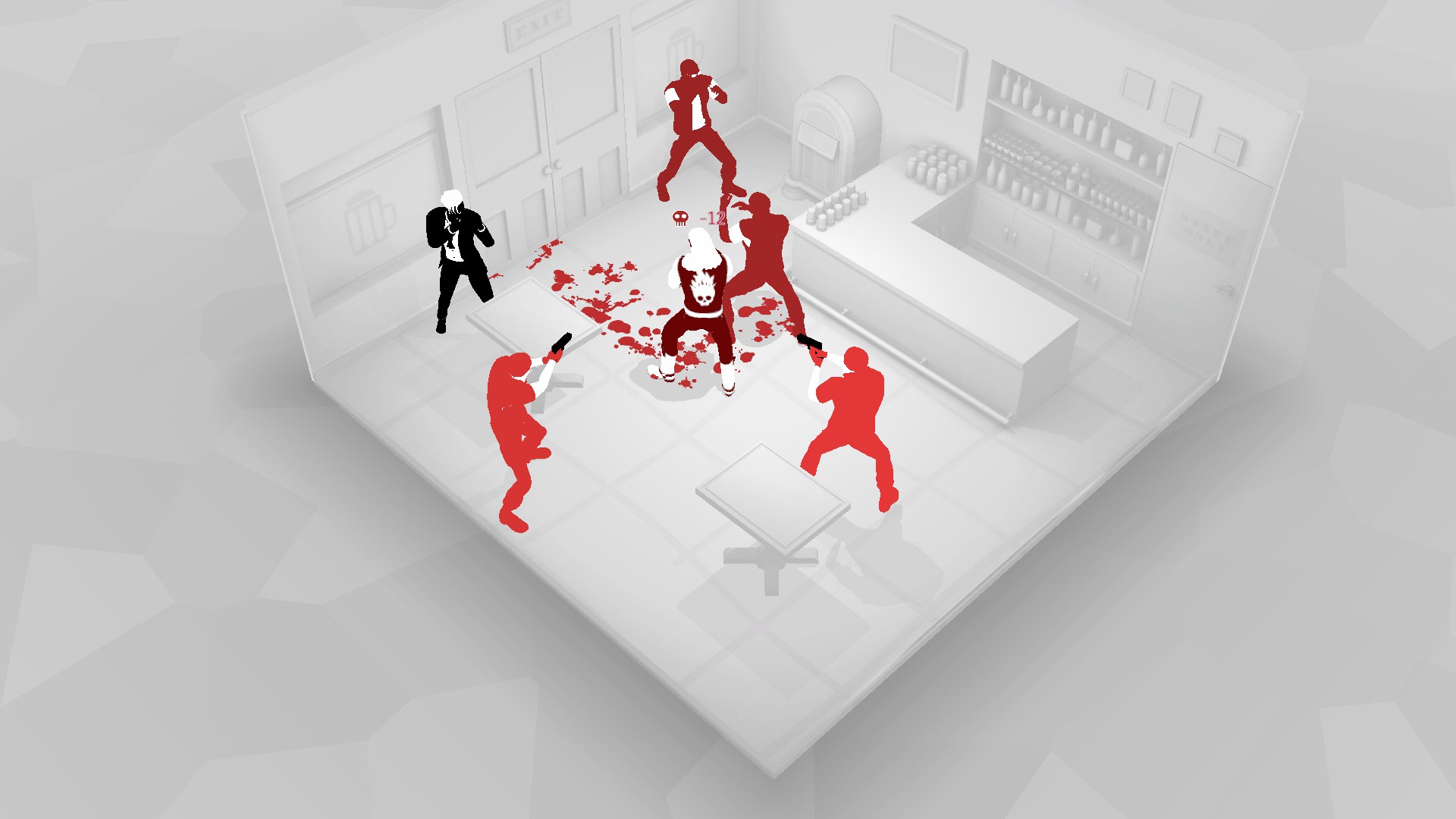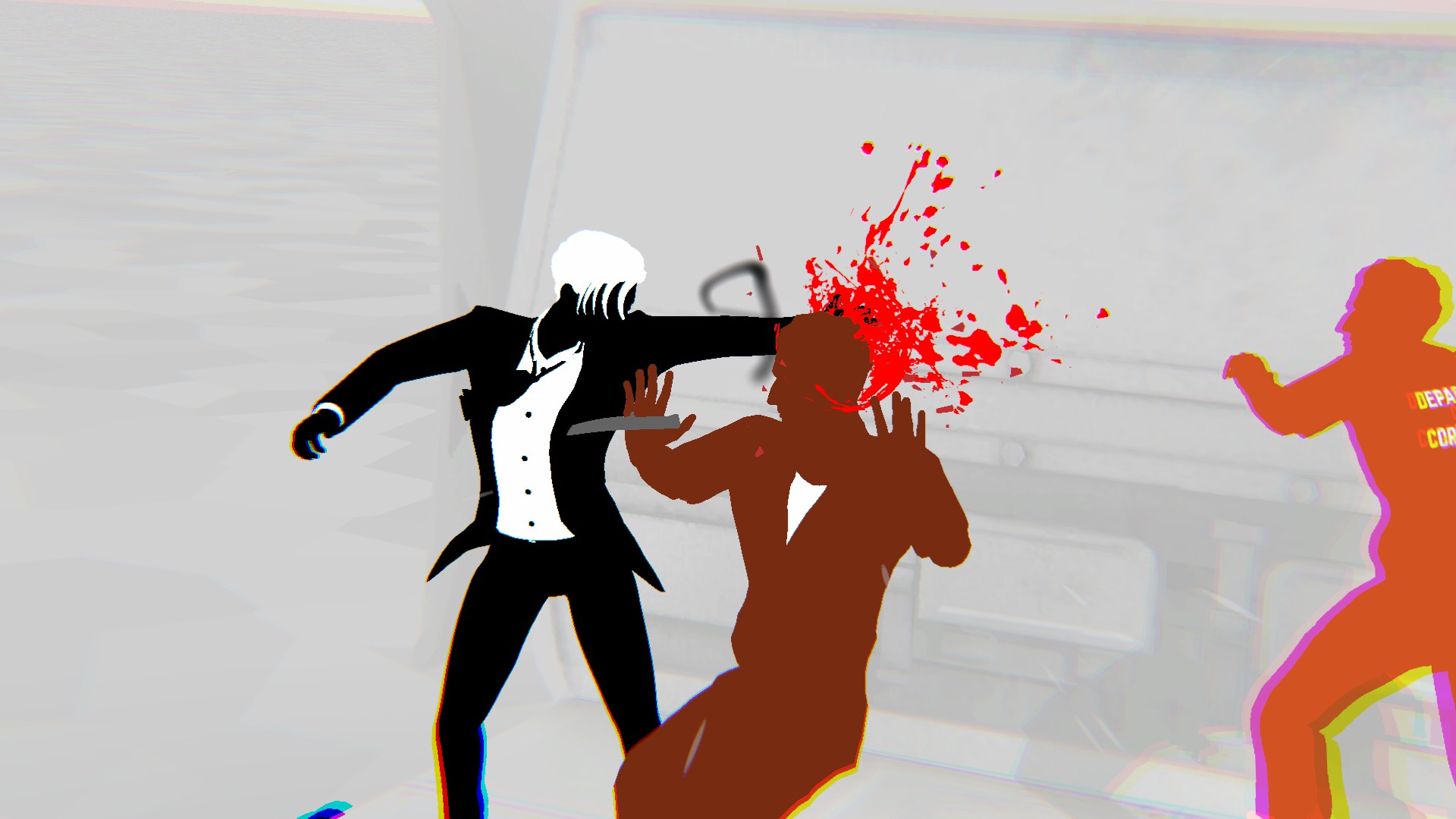Our Verdict
An excellent turn-based strategy that shines in spite of some minor annoyances.
PC Gamer's got your back
What is it? A turn-based roguelike focused on intense melee combat.
Expect to pay $25/£19.49
Developer Ground Shatter
Publisher Mode 7
Reviewed on Nvidia GTX 970, Intel I5-4460, 32GB Ram
Multiplayer? No
Link Official site
Smashing an armed goon’s head against the wall before launching his buddy out of a third story window doesn’t sound particularly strategic on paper, but the small-scale turn-based combat of Fights in Tight Spaces transforms even the simplest enemy encounter into an intricate puzzle box where the only solution is your fists. Although its roguelike trappings can sometimes detract from the overall experience, the unforgettable moments where everything comes together in a glorious display of cinematic violence always shine through.
Stepping into the well polished shoes of Agent 11, a super spy tasked with bringing down international criminal syndicates, the game’s basic plot serves as little more than set dressing to loosely string together the five separate worlds in which the action occurs. Divided into a series of semi-procedurally generated levels, each world has you fighting your way through a number of tightly enclosed locations that range from densely packed subway carriages to compact office corridors. The Hollywood influences are clear to see and it’s undeniably thrilling to try your hand at recreating some iconic film moments like Casino Royale’s opening bathroom brawl or the tea room shootout in Hard Boiled.
Despite all being rendered in the same charming minimalist style, each world manages to convey enough of a unique aesthetic to memorably set them apart—a fact which is greatly helped by the huge variety of enemy designs that are just waiting to be discovered. In my first run alone I ended up squaring off against a terrifying cleaver-wielding prison chef before bumping into a gang of bloodthirsty ninjas, and yet the sheer number of types on offer meant that every subsequent playthrough still had plenty of surprises in store.

In addition to the clear visual differences, later enemies can also be distinguished by their distinct combat abilities. Early on, the new introductions are limited to basic buffs, like having a slightly higher health pool or regenerating shields. But soon you’re dealing with the complex attack patterns of long-range firearms, or enemies with the ability to launch a sudden counter blow outside of their turns.
It’s certainly good that things start off slow, as the combat itself is deceptively deep and in my experience easily took a good few hours of practise to master. With fights centred chiefly around improvisation, each turn has you juggling finite energy resources with a set of selectable cards that represent various attacks, dodges, blocks and movements. Every card carries a specific energy cost that must be met to play it, and there is an immense amount of strategy in deciphering the most efficient way to spend your energy with each available hand.
On screen indicators highlight projected enemy moves to assist your decision making, meaning you often have to make the tough choice of either evading an attack or landing an extra hit on your adversary. This not only lends every confrontation an exhilarating cat and mouse feel but also makes it possible to exploit an enemy's future moves to your benefit. There is simply nothing more satisfying than seeing an unsuspecting grunt get shoved into a barrage of oncoming gunfire and I was delighted when my meticulous plan to position a group of enemies to all punch each other in the face at the same time unfolded in a suitably glorious Rube Goldberg fashion.

There is simply nothing more satisfying than seeing an unsuspecting grunt get shoved into a barrage of oncoming gunfire
At the end of a turn your opponents are given an opportunity to take their actions before a new hand of six cards is drawn at random from the deck. Once every card has been played or discarded, the deck is reshuffled and the process starts again. This core gameplay loop may seem simple at first, but the addition of Momentum, which measures combat flow with a numeric value that rises with every attack but falls with blocking or movement, adds an extra layer of depth to overcome. Momentum can be spent independently of energy and is primarily reserved for powerful special moves, functioning a lot like the combos found in more conventional fighting games but with an even greater degree of control over exactly how and when moves are played.
There are cards which represent several types of injury as well, which can appear in your deck and slowly decrease your health if you take too many hits. These can only be cleared after the battle has ended, making frequent use of dodges and blocks vital for survival when coming head to head with the hard hitting enemies that are introduced in the late game. The result is a combat system that is remarkably easy to pick up and enjoy from the get go—especially on the considerably more forgiving lower difficulties—but also one with more than enough depth to sustain prolonged interest over multiple playthroughs.

The core emphasis on repeating runs works well, with the gradual unlocking of new starting decks and even the ability to build your own helping to create a solid sense of progression. The same can’t be said of a small handful of the game’s other roguelike elements. In particular, each mission’s bonus objectives, which can be completed to earn currency, become far too difficult as the game progresses.
Challenges like the completion of increasingly tricky levels in a pitifully small allowance of turns can seem outright impossible at times and my limited successes were always far more reliant on the luck of the draw than any actual skill. To make matters worse, money is used for everything from upgrading cards on the fly to topping up health in between fights making it an essential component of victory on higher difficulties. I quickly found that the most effective strategy involved focusing exclusively on the easy optional objectives early on to ensure I had enough money for upgrades when the challenges became too difficult to complete, spoiling the flow of the campaign. It’s by no means a deal breaker, but this slightly haphazard implementation of the in-game economy sticks out among the exceptionally polished combat and clean visuals.
An excellent turn-based strategy that shines in spite of some minor annoyances.
With a gaming knowledge that ranges from news on the latest Nintendo Switch otomes to almost 4,000 hours (and counting) wasted in Hitman: Absolution, there’s almost nothing Dashiell won’t play. He spends the portion of his days not allocated to more Hitman: Absolution time trying out new games or desperately tweaking the spelling of his upcoming articles. As a freelance writer, he can also be found in PLAY magazine and SFX among others.


